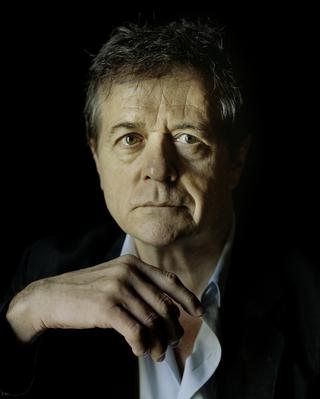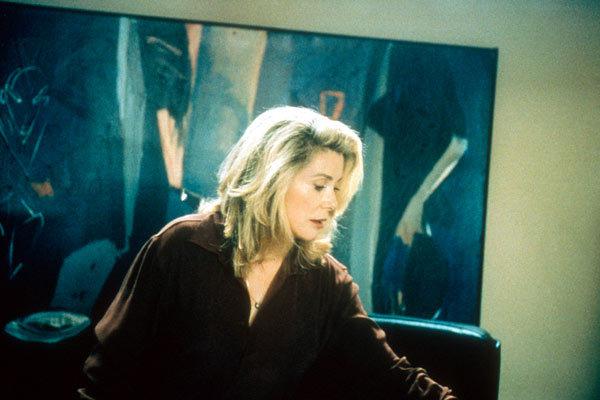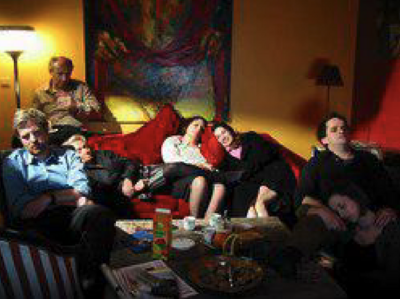One evening, Fanny encounters Bernard, a man she knew back when they were students. It’s clear that he’d been in love with her and that she loved someone else by the name of Philippe. Hearing his name reawakens her senses. She coldly rejects Bernard’s advances and he slaps her face in exchange. As though to punish her, he promises to – maybe – give her address to Philippe.
Fanny sits in a cinema watching “An Affair to Remember.” Cary Grant and Deborah Kerr at last get together after missing each other on top of the Empire State Building. She catches a glimpse of a man in a gray suit – could it be Philippe? When she approaches the shadowy figure, it disappears.
Fanny is writing a book about a painter, François Arnal. The book is nearly completed, however she still needs to photograph two paintings from 1953 that belong to private collectors in New York. Arnal’s paintings are abstract, full of signs with which he tells stories and she invents others.
She has recently shifted apartments. Her daughter, Lucie, 25, has moved elsewhere and set out on her own life. This upsets the balance between mother and daughter.
Although she has had men in her past, Fanny hasn’t married; her daughter hasn’t known her father. Fanny no longer desires her present lover. Perhaps she is suffering from cardiac problems, but she doesn’t want to know. Her intuition leads her to believe that Philippe wants to find her so that they can at last live their love affair the way it should have always been.
One morning, a shadowy figure that resembles Philippe leaves a letter for her. She reads it beneath the rain that erases the writing proposing a rendezvous at the top of the Empire State Building. Is it true? Has she dreamed it? Other things – the shadowy figure, signs and the photos that she must take of the two paintings – indicate that she should go to New York. From this moment on she’s transformed into a young lover, time no longer flows at the same speed, waiting becomes sweet pleasure, hope is like a new beginning.
Fanny arrives in New York to discover that the photographer with whom she usually works has been replaced by Matt, an American. She will be obliged to spend the two days separating her from her rendezvous in Matt’s company, for the paintings she wishes to photograph are no longer in New York. He offers to take her to Boston in his truck. He’s attractive, he likes her, but her conviction about the imminent meeting prevents her from seeing this man in quite the way she should. Their situation is disturbing, their attraction intense, all denial irrational.
Once back in New York, she tells Matt the story of her true love. They’re in a restaurant and there are only two hours left before her meeting. Bernard, who just happens to be in New York, bumps into them at the restaurant and declares his love for her one last time. Is Bernard the man who made a date with her? No longer knowing what to think, and not wanting to give up now that she is so close, she dashes to the Empire State Building. Overcome with giddiness, she decides to not take the lift to paradise, but, like Deborah Kerr, to cross the avenue, oblivious to the cars streaming by, and join Matt who is waiting for her on the opposite side. At the same moment a man in a gray suit exits from the Empire State Building. Is it Philippe, or is it someone else?























































